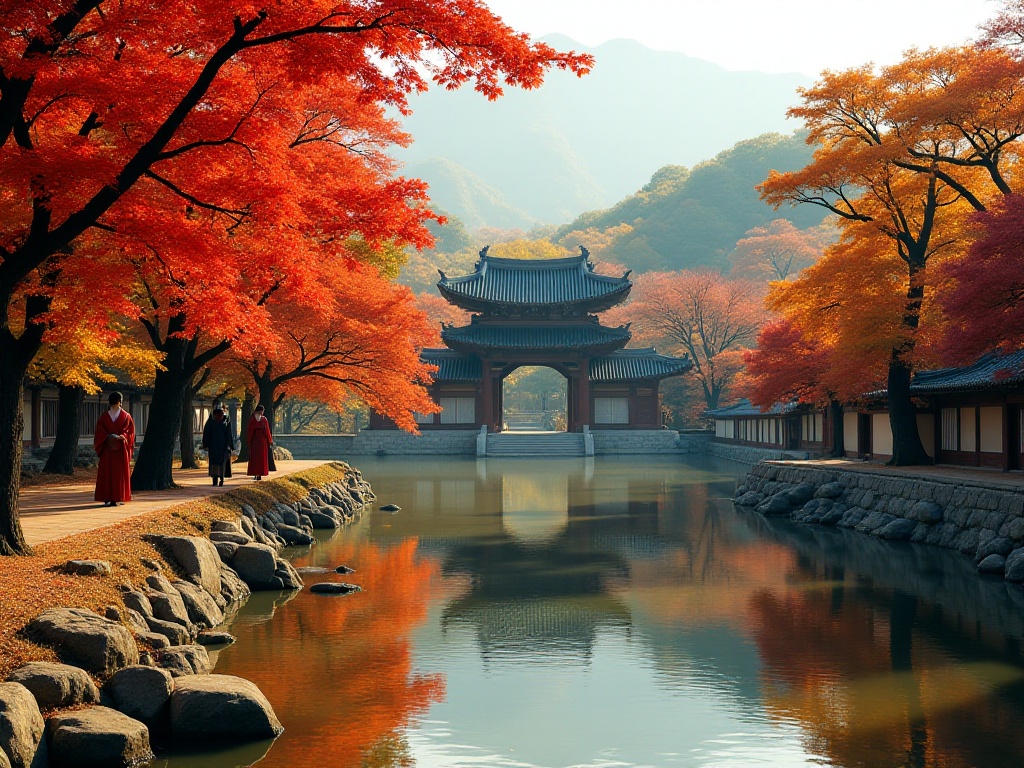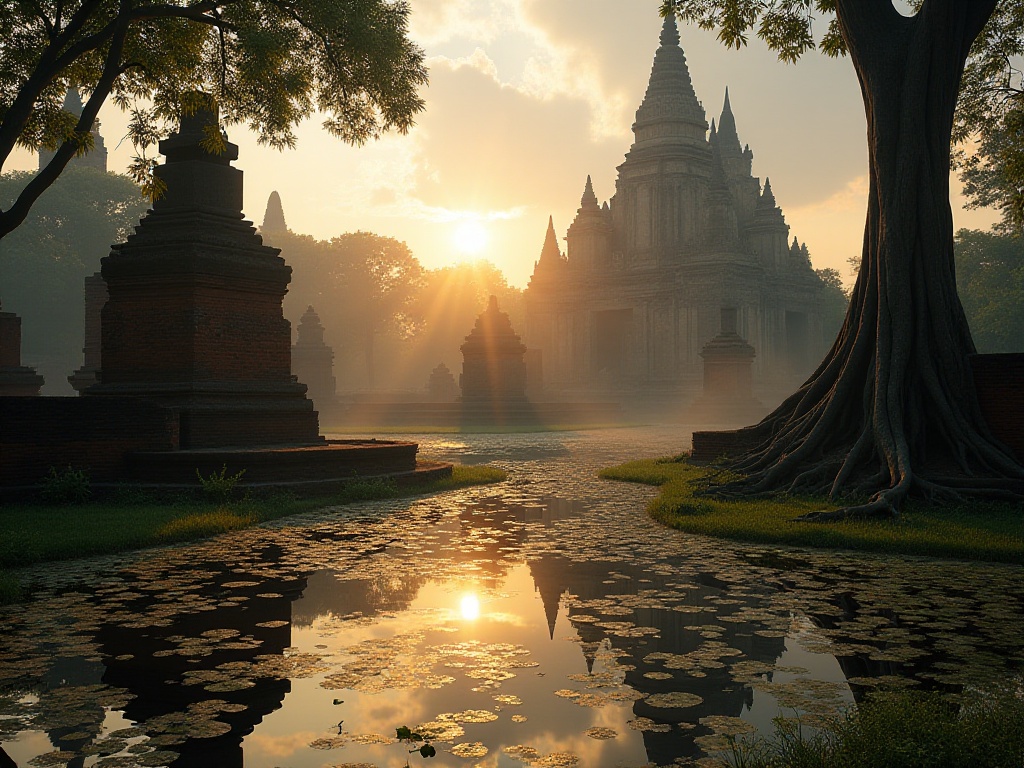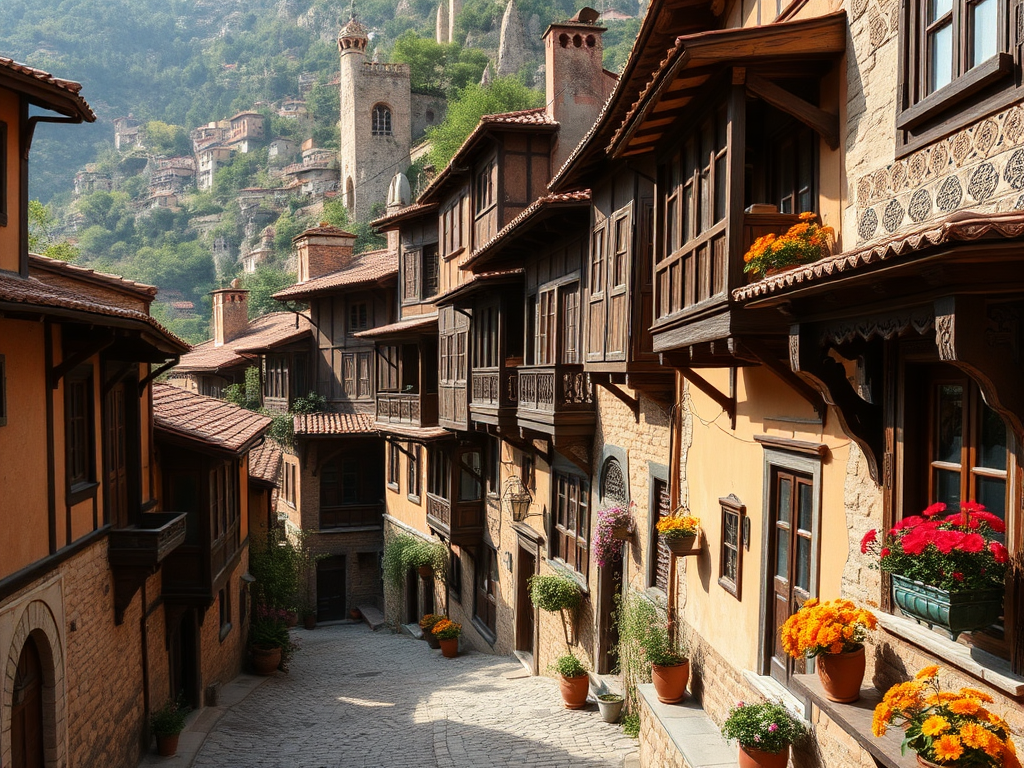Walking Through Time
Hello everyone! As a travel blogger who loves exploring historical culture, I recently spent a magical time in Guangzhou. Over the course of an entire month, I walked through every street and alley of this city, visiting countless historical sites. Guangzhou is truly captivating - it's like a thick history book, with every page recording fascinating stories. Today, let me take you on a journey through time to experience this city's unique charm.
Ancient Imprints
During my exploration of Guangzhou's urban area, I discovered a stunning fact. In this modern metropolis, there exists a perfectly preserved ancient coastline from five to six thousand years ago! This is the Qixing Ridge Ancient Coastline Relic in Yuexiu District.
When I first stood before these ruins, my heart was overwhelmed with emotion. Every rock, every inch of soil here tells the legendary story of the Pearl River Delta's formation. Through geological experts' research, it was discovered that in ancient times, the sea level here was 3-5 meters higher than it is now. In other words, the Guangzhou urban area we see today was once a vast, surging sea.
Imagine the scene: ancient settlers established their earliest settlements on this land, facing the vast ocean, living a life of fishing and gathering. As time passed, the sea gradually receded, alluvial plains formed, and this land began to nurture a brilliant civilization.
Around the ruins, archaeologists have discovered numerous prehistoric artifacts, including various stone tools, pottery, and shell mound remains. These artifacts showcase the wisdom and lifestyle of ancient settlers. Particularly those exquisite pottery pieces, though thousands of years old, still display the craftsmen's sophisticated manufacturing techniques.
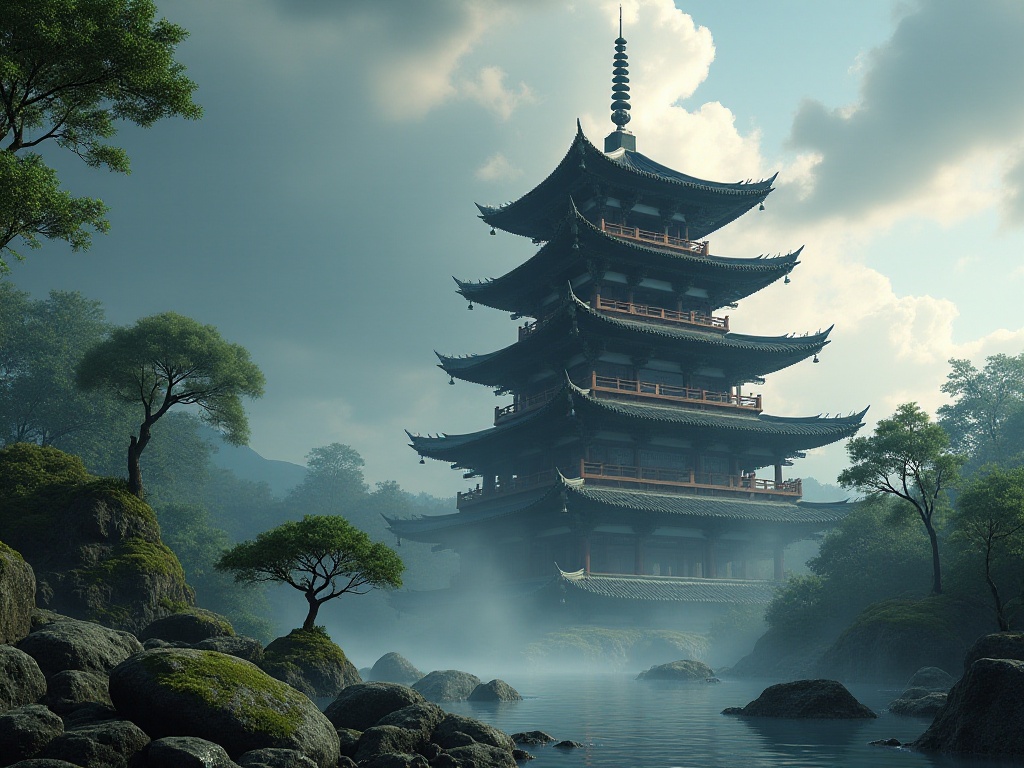
Imperial Footprints
Speaking of imperial footprints in Guangzhou, we must mention Emperor Qin Shi Huang and Zhao Tuo, the King of Nanyue. In Panyu District, I found the Qin Dynasty shipyard ruins. Standing at the site, I could almost see the spectacular scene from over two thousand years ago: thousands of craftsmen working day and night building warships, preparing to support the Qin army's southern campaign to unify the Hundred Yue.
Archaeological excavations of the shipyard ruins show that the craftsmen of that time employed very advanced shipbuilding techniques. They not only mastered complex woodworking skills but also invented unique anti-corrosion techniques, enabling the Qin army's ships to adapt to the humid southern climate. From the unearthed tools and ship parts, this was once a massive shipbuilding base.
But what impressed me most was the Western Han Nanyue Palace ruins. Located in Yuexiu District, this was the core area of the Nanyue Kingdom's capital. The entire palace complex covered 150,000 square meters and was magnificent. Particularly impressive was the royal garden's stone channel, which was massive in scale and ingeniously designed.
Archaeological findings show that the Nanyue Palace was not only grand in scale but also sophisticated in construction techniques. The palace used extensive blue brick paving, while the walls employed rammed earth technology. At the site, beautiful architectural components were discovered, such as pictorial bricks and tile ends, all showcasing the Nanyue Kingdom's architectural achievements and artistic accomplishments.
Most amazing was the water system in the royal garden. The ancients built complex water channels and reservoirs here, not only solving water supply issues but also creating beautiful garden landscapes. Through these ruins, we can imagine what luxurious life the Nanyue King led here.

Imprints of Faith
Buddhist Light
In Guangzhou, Buddhist cultural influence is everywhere. When it comes to Buddhist architecture, Guangxiao Temple is undoubtedly the most representative. This ancient temple, built during the Eastern Jin Dynasty, has over 1,700 years of history.
Every time I enter Guangxiao Temple, I'm drawn to its unique character. The temple's layout follows the traditional "Seven Halls of Qielan" format while incorporating many Lingnan characteristics. Most eye-catching is the iron pagoda, the largest surviving ancient iron pagoda in China, standing 7.66 meters tall.
There's an interesting legend about the construction of this iron pagoda. It's said that the craftsmen mobilized every blacksmith in Guangzhou to cast this pagoda. They worked day and night for three full months to complete the casting. The Buddha statues and patterns on the pagoda body are carved exquisitely, still vivid after a thousand years of weathering.
At Guangxiao Temple, I love the early morning and evening hours most. When the first rays of sunlight enter the temple, or when the sunset reflects off the pagoda, the entire temple is enveloped in a sacred and peaceful atmosphere. Especially when hearing the evening drums and morning bells, it feels like instantly escaping from worldly chaos.
Liurong Temple left me with a completely different impression. This temple, built during the Southern Dynasties' Liang period, was named "Liurong" after Su Dongpo's inscription. The Flower Pagoda inside is a model of Lingnan architecture, with eight sides and nine levels, standing 57 meters tall, decorated with Buddha statues and patterns on each level.
What delighted me most was discovering the many precious cultural relics preserved in Liurong Temple. There are calligraphy works by Tang and Song Dynasty literati, exquisite Buddhist statues, and Guangdong's largest bronze statue. When the sun sets, the Flower Pagoda's silhouette against the sunset is particularly moving, reminiscent of Su Dongpo's verse about "how enchanting the night view at Liurong Temple can be."
Diverse Civilizations
As an important starting point of the Maritime Silk Road, Guangzhou has long been a place where multiple cultures converge. Here, you can find not only Buddhist temples but also Taoist temples, Islamic mosques, and various other religious sites.
The Temple of the South Sea God is a good example. This temple, built during the Sui Dynasty, mainly enshrines Mazu. In ancient times, sailors would come here to pray for safety before setting sail. The temple preserves numerous stone inscriptions and cultural relics, recording the prosperity of the ancient Maritime Silk Road.
Huaisheng Mosque is another place that left a deep impression on me. This mosque, built during the Tang Dynasty, is one of China's earliest Islamic mosques. The buildings inside combine Chinese traditional architecture with Islamic architectural features, showing unique cultural inclusiveness.
At Huaisheng Mosque, I met many Muslim visitors from around the world. They pray and communicate here, just like merchants did over a thousand years ago. This made me deeply feel the inclusiveness and openness of Guangzhou.
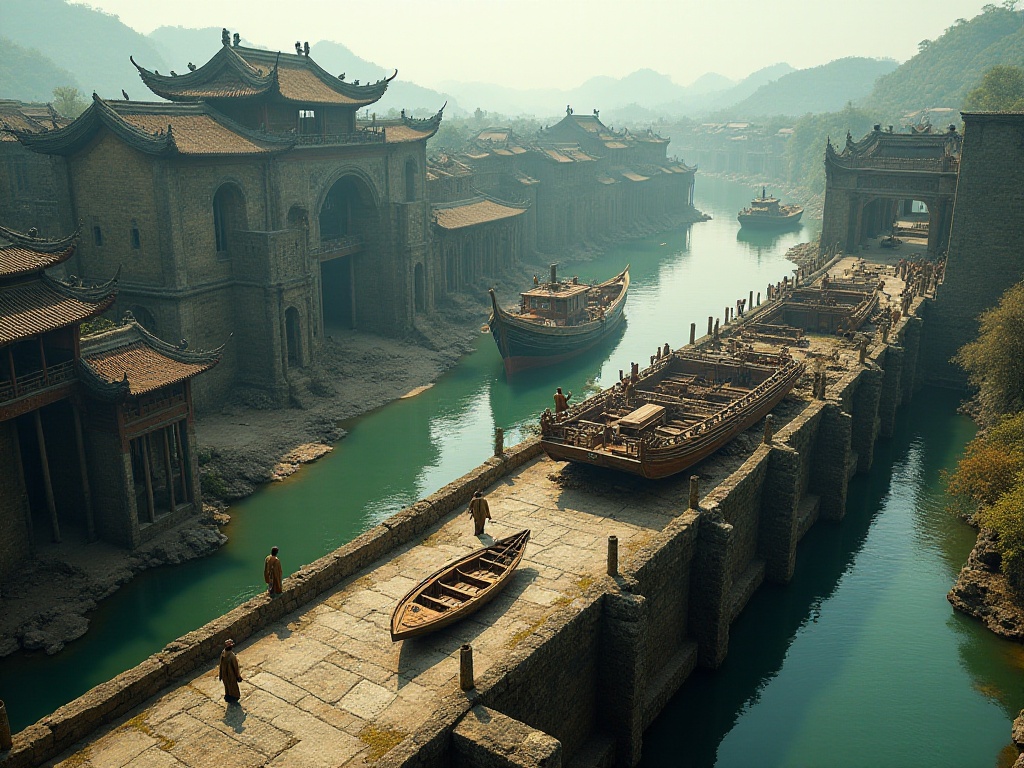
Modern Imprints
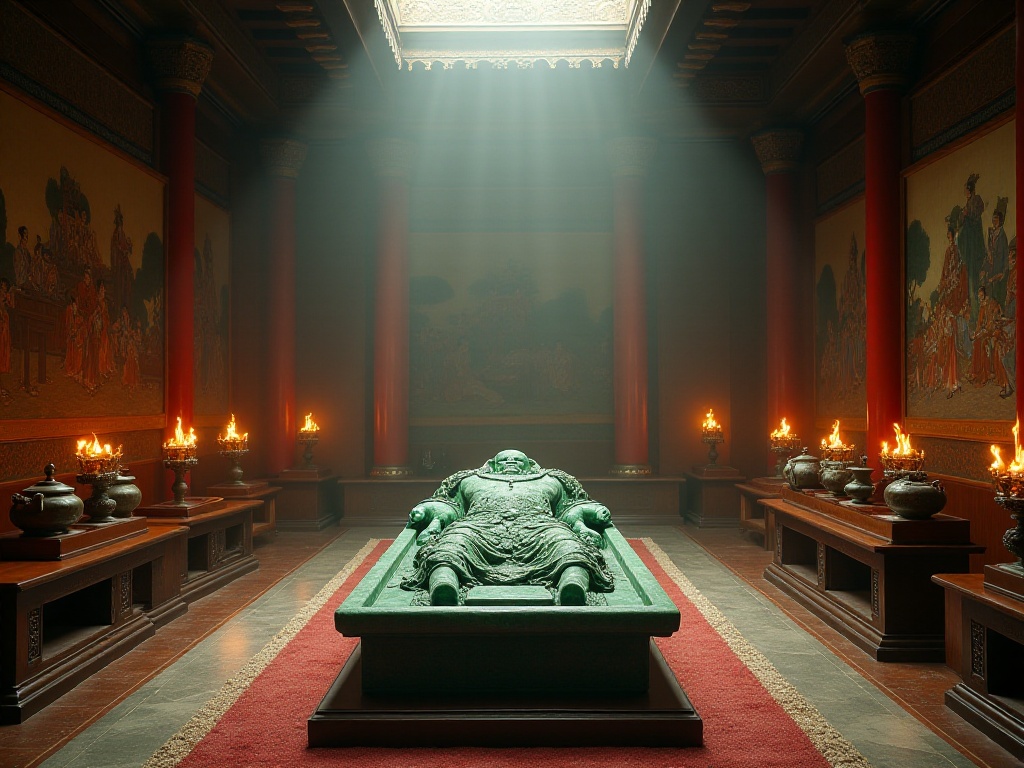
Revolutionary Waves
In Guangzhou's modern history, nothing is more moving than the story of the Sanyuanli people's resistance against the British. In 1841, facing British invasion, the people of Sanyuanli spontaneously organized resistance. Records show that about 100,000 people participated in the anti-British resistance, making this battle a famous anti-aggression struggle in modern Chinese history.
Entering the Sanyuanli People's Anti-British Memorial Hall feels like returning to that turbulent era. The museum vividly recreates the battle scenes through artifact displays and scene reconstructions. Especially those preserved weapons, flags, and documents, all telling stories of our ancestors' heroic resistance.
The Tomb of the 72 Martyrs at Huanghuagang gave me a different sense of revolutionary spirit. On April 27, 1911, revolutionaries launched an uprising here. Although the uprising ultimately failed, the heroic deeds of the 72 martyrs are forever recorded in history. Every Qingming Festival, solemn commemoration ceremonies are held here.
In the Martyrs' Cemetery, I saw many touching stories. Some martyrs were only teenagers, some were overseas Chinese who returned home to join the revolution, and others were intellectuals who gave up comfortable lives to devote themselves to the revolution. Though they came from different places and backgrounds, they all gave their precious lives for the same ideal.
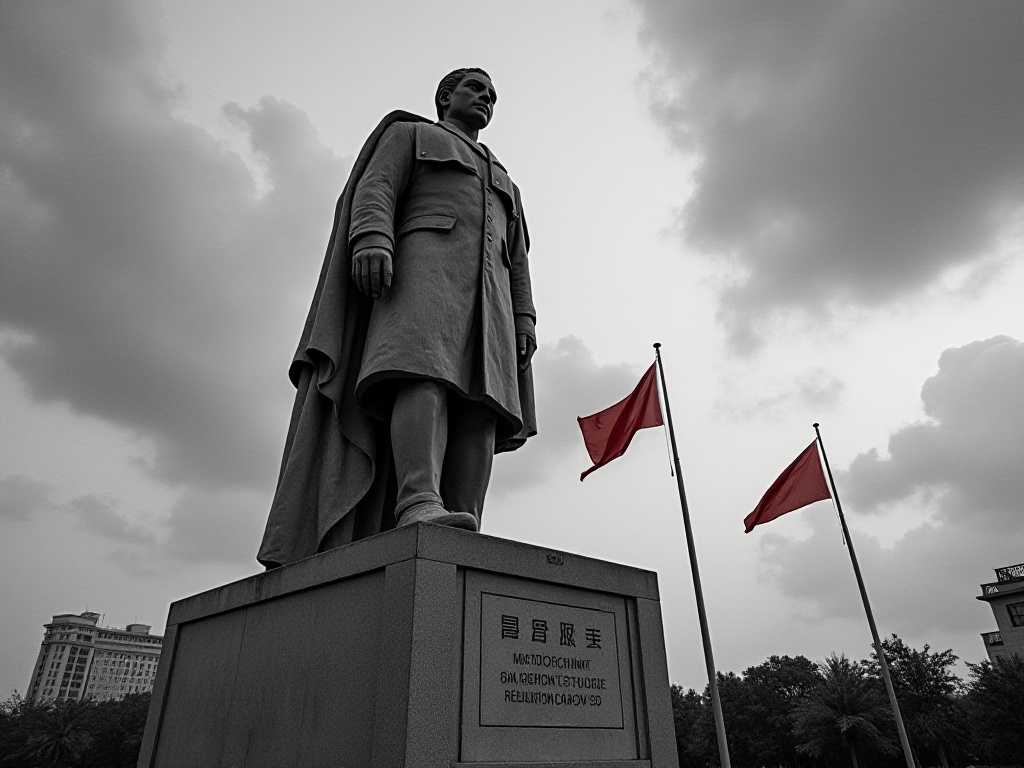
Architectural Treasures

Lingnan Style
Speaking of Guangzhou's traditional architecture, Chen Clan Ancestral Hall is definitely not to be missed. This ancestral hall, built during the Guangxu period of the Qing Dynasty, is a masterpiece of Lingnan architectural art. The entire complex covers about 10,000 square meters and employs extensive brick carving, wood carving, stone carving, and pottery crafts.
Every time I enter Chen Clan Ancestral Hall, I'm amazed by its exquisite craftsmanship. The ridge decorations on the roof, brick carvings on the walls, wood carvings on doors and windows - every detail is meticulously crafted. Particularly those reliefs depicting folk tales and historical stories are not only technically superb but also contain profound cultural connotations.
The architectural layout of the ancestral hall is also distinctive. It adopts a "three entrances, two courtyards" format, maintaining the traditional ancestral hall's dignity while fully utilizing Lingnan climate characteristics. Through clever design, the entire complex has good ventilation and ample light, perfectly suited to Lingnan's humid climate.
Modern Landmarks
Among Guangzhou's modern architecture, Sun Yat-sen Memorial Hall is undoubtedly the most representative. Built in 1931, this building perfectly combines Chinese and Western architectural features. The octagonal main body design symbolizes "gathering from all directions," with the bronze tile roof gleaming in the sunlight.
The memorial hall's design fully considers the unity of practicality and artistry. The main hall can accommodate over 3,000 people with excellent acoustics. The roof employs a unique cantilever structure, supporting a huge space without a single pillar. This was quite advanced building technology at the time.
Over a million visitors come to Sun Yat-sen Memorial Hall each year. This is not just a building but a cultural landmark carrying historical memories. In the memorial hall, I often see visitors from around the world, either appreciating the architectural beauty or tracing historical footsteps.
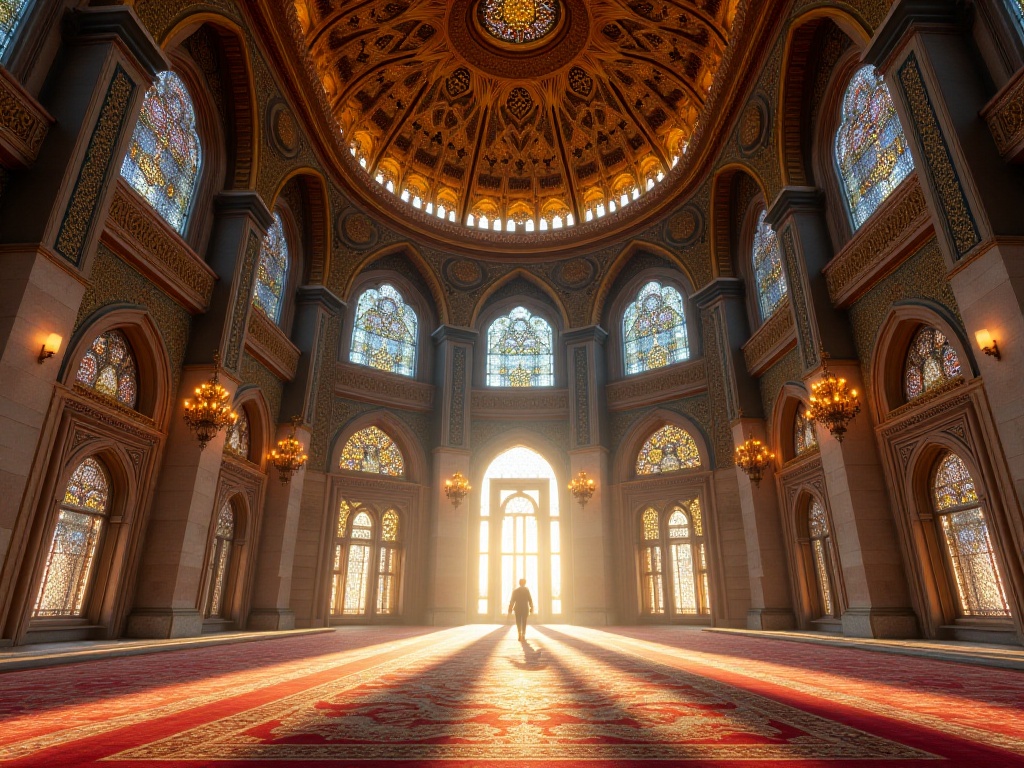
Conclusion
During this month in Guangzhou, I visited too many historical sites and experienced too much cultural accumulation. From the ancient coastline to modern landmarks, each relic tells a story belonging to this city. Guangzhou, a city with over two thousand years of history, perfectly blends the ancient and modern in its unique way.
Here you find not only the magnificent presence of emperors and generals but also the living wisdom of common people; not only the deep accumulation of traditional culture but also the fusion and coexistence of diverse civilizations. It is this spirit of inclusiveness and openness that has created Guangzhou's unique urban character.
As I end this Guangzhou journey, my mind still echoes with the silhouettes of those ancient buildings and the resonance of those historical stories. This city is like a book that can never be finished - each time you open it, you discover new wonders.




